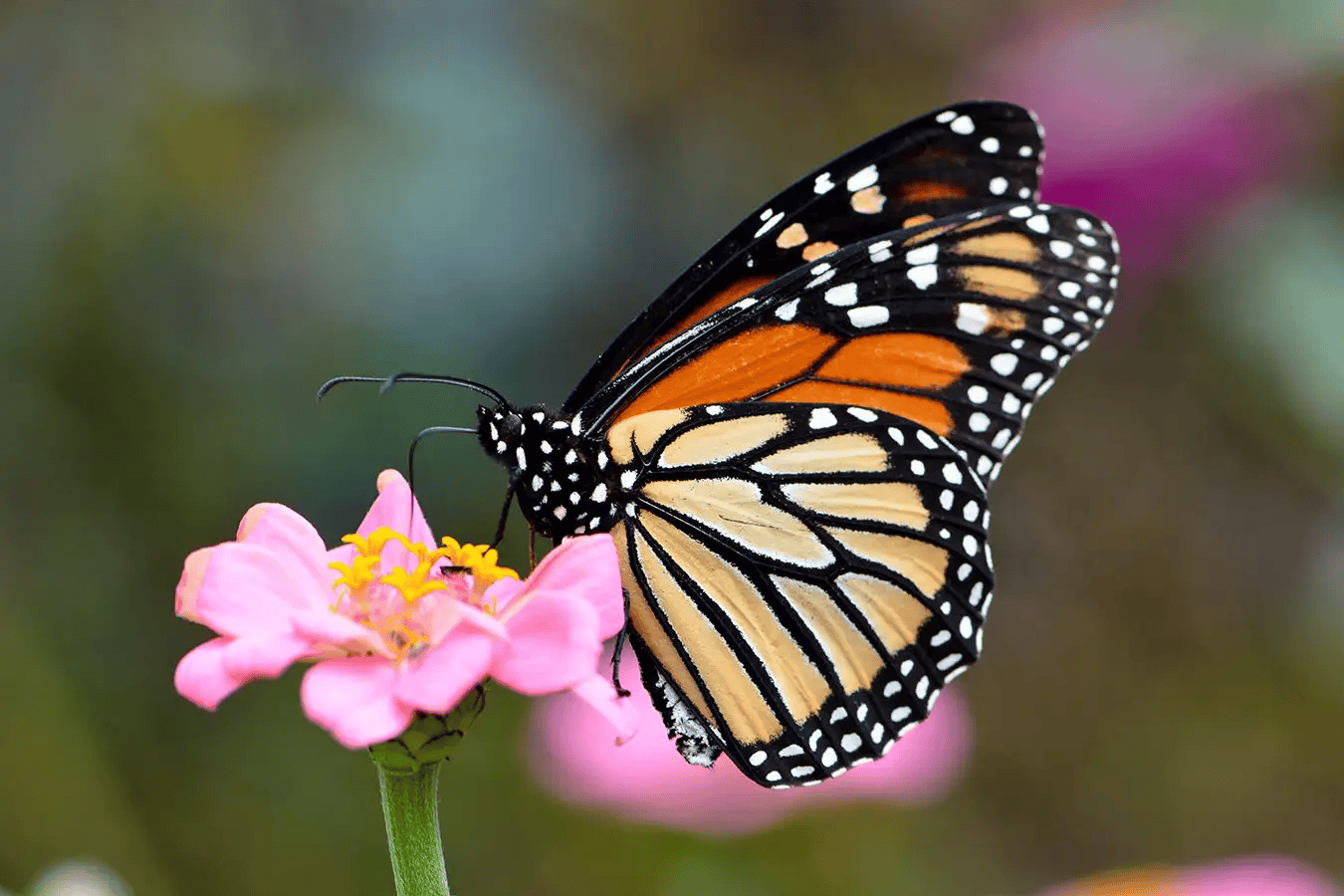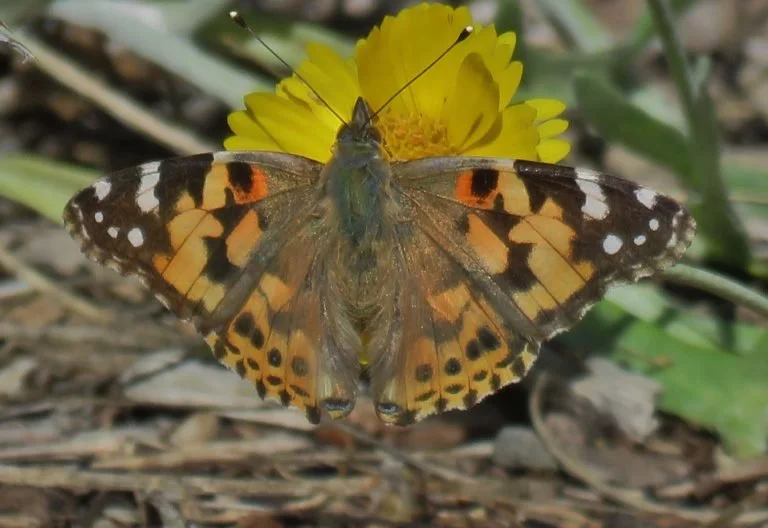A Guide to Southern California's Butterflies: Beauty, Significance, and Where to Find Them
Monarch butterfly image courtesy of https://www.newscientist.com/
Southern California, with its diverse landscapes ranging from coastal cliffs to desert plains, is a paradise for butterfly enthusiasts. The region is home to a rich variety of butterfly species, each contributing uniquely to the local ecosystem. This article explores the beauty, significance, and ecological contributions of Southern California's butterflies and provides guidance on the best places and times to observe these enchanting creatures.
Western Tiger Swallowtail Image Courtesy of https://arroyosfoothills.org/
The Beauty of Southern California's Butterflies
Butterflies are among nature's most captivating insects, renowned for their vibrant colors and delicate wings. Southern California boasts a remarkable diversity of butterflies, each species with its own distinct beauty.
Monarch Butterfly (Danaus plexippus): Perhaps the most iconic butterfly in the region, the Monarch is easily recognized by its striking orange and black wings. The Monarch's migration is one of nature's most awe-inspiring phenomena, with thousands of these butterflies traveling from as far as Canada to overwinter along the California coast.
Western Tiger Swallowtail (Papilio rutulus): This large, yellow butterfly with bold black stripes is a common sight in Southern California gardens and parks. The elegant, swallowtail-shaped wings give this species a graceful appearance, and its bright colors make it a favorite among photographers and butterfly watchers.
Painted Lady (Vanessa cardui): Known for its orange, black, and white patterned wings, the Painted Lady is a migratory species that occasionally forms massive swarms during its seasonal movements. This butterfly is one of the most widespread species in the world, and Southern California plays a significant role in its migratory path.
California Sister (Adelpha californica): The California Sister is a striking butterfly with black wings accented by orange and white bands. It is commonly found in oak woodlands, where its larvae feed on oak leaves.
Mourning Cloak (Nymphalis antiopa): The Mourning Cloak, with its deep maroon wings edged with a pale yellow border, is a butterfly that can be seen year-round in Southern California. It is known for its long lifespan, often living up to 11 months, making it one of the longest-lived butterflies.
Buckeye (Junonia coenia): The Buckeye butterfly is easily recognizable by the bold, eye-like spots on its wings, which are a defense mechanism to deter predators. Its brown and orange hues blend well with the arid landscapes of Southern California.
Gulf Fritillary (Agraulis vanillae): This butterfly is known for its bright orange wings with black markings on the top and silvery spots underneath. It is often found in gardens with passionflower vines, the primary host plant for its caterpillars.
Painted Lady Image Courtesy of https://arroyosfoothills.org/
Ecological Contributions of Butterflies
Beyond their beauty, butterflies play crucial roles in the environment. They are important pollinators, helping to fertilize flowers and crops by transferring pollen from one bloom to another. This process is vital for the reproduction of many plants, including those that produce fruits, vegetables, and seeds.
Butterflies are also indicators of a healthy ecosystem. Their presence and abundance can reflect the health of the environment, as they are sensitive to changes in habitat and climate. A decline in butterfly populations can signal broader ecological issues, such as habitat loss, pollution, or climate change.
Moreover, butterflies serve as an essential food source for other wildlife, including birds, bats, and other insects. Their larvae, or caterpillars, are particularly important in the food web, providing nourishment for a variety of predators.
Where and When to Find Southern California's Butterflies
Southern California offers numerous locations where butterfly enthusiasts can observe these delicate creatures in their natural habitats. The following are some of the best spots and seasons to witness the region's butterfly diversity:
Monarch Butterfly Groves (October to February): During the winter months, Monarchs cluster in large numbers along the California coast. Notable groves include the Goleta Monarch Butterfly Grove near Santa Barbara, Pismo Beach Monarch Butterfly Grove, and Natural Bridges State Beach in Santa Cruz. While these groves are a bit farther north, they are worth the visit for those interested in witnessing the Monarch migration.
Butterfly Farms and Gardens (Year-Round): The Butterfly Farms in Encinitas is dedicated to butterfly conservation and education. Visitors can explore their Butterfly Free Flight House, where they can observe butterflies up close. The San Diego Botanic Garden in Encinitas and South Coast Botanic Garden in Palos Verdes also have butterfly gardens that attract a variety of species throughout the year.
Oak Woodlands and Chaparral (Spring to Fall): The Santa Monica Mountains National Recreation Area and Cleveland National Forest are excellent locations to spot the California Sister and other woodland species. The best time to visit is from late spring to early fall, when these butterflies are most active.
Desert Regions (Spring): The deserts of Southern California, including Anza-Borrego Desert State Park, are home to species like the Buckeye and Painted Lady. These butterflies are most visible in spring, following winter rains that bring an abundance of wildflowers.
Urban Parks and Gardens (Year-Round): Urban parks like Griffith Park in Los Angeles and Balboa Park in San Diego attract various butterfly species, especially those that thrive in gardens. Creating butterfly-friendly habitats in your own garden by planting native flowers and host plants can also draw butterflies year-round.
Tips for Butterfly Watching
To maximize your butterfly-watching experience, consider the following tips:
Visit during sunny, warm days: Butterflies are most active during warm, sunny weather. Early morning and late afternoon are often the best times to observe them.
Bring a field guide: A butterfly field guide specific to Southern California can help you identify the species you encounter.
Wear neutral-colored clothing: Bright colors can startle butterflies, so opt for neutral tones that blend in with the environment.
Be patient and move slowly: Butterflies are delicate and easily disturbed, so move slowly and quietly to avoid scaring them away.
Respect their habitat: Avoid disturbing plants or caterpillars, and stay on designated paths to protect the butterflies' natural habitats.
The Significance of Protecting Butterflies
As we admire the beauty and ecological contributions of Southern California's butterflies, it's essential to recognize the importance of protecting these species and their habitats. Habitat loss, pesticide use, and climate change are significant threats to butterfly populations. Supporting conservation efforts, planting native species, and reducing pesticide use can all contribute to the protection of these delicate creatures.
By understanding and appreciating the butterflies of Southern California, we can play a role in ensuring that future generations can continue to enjoy the vibrant colors and ecological benefits of these remarkable insects.



